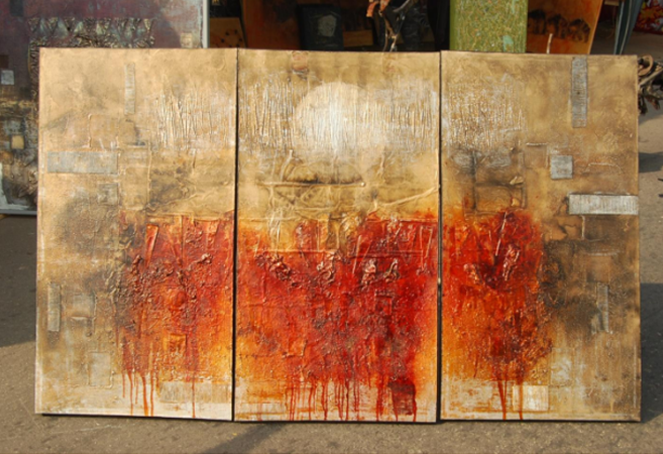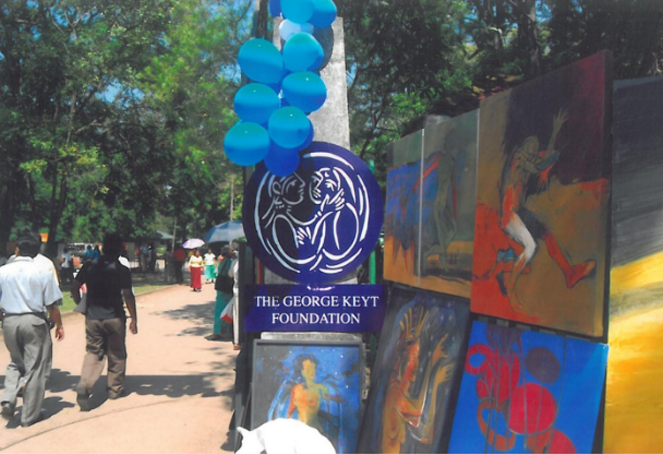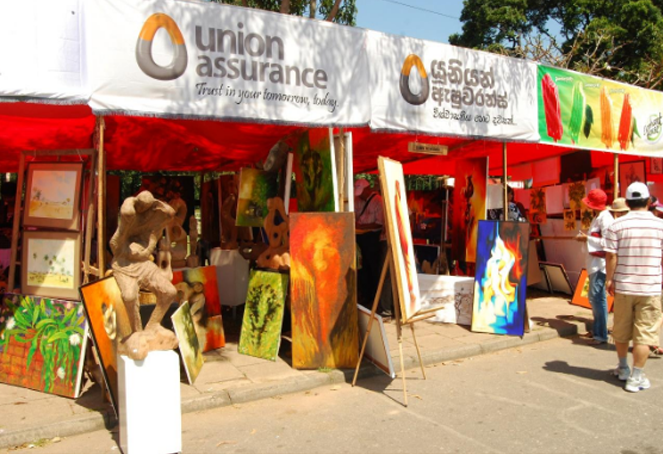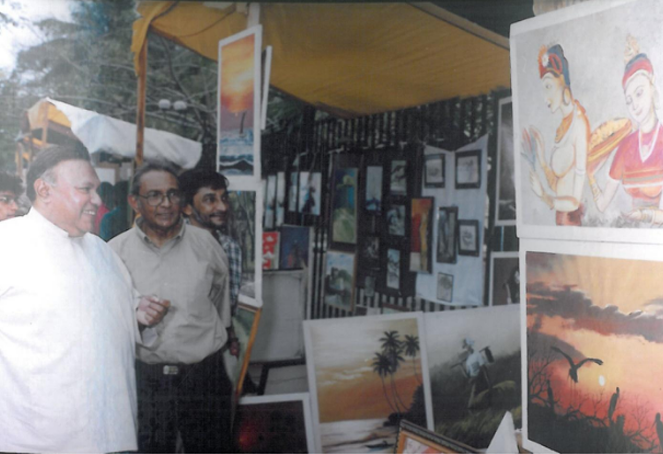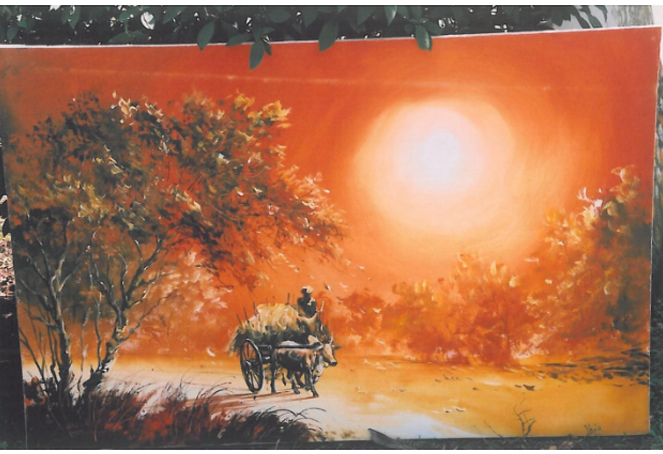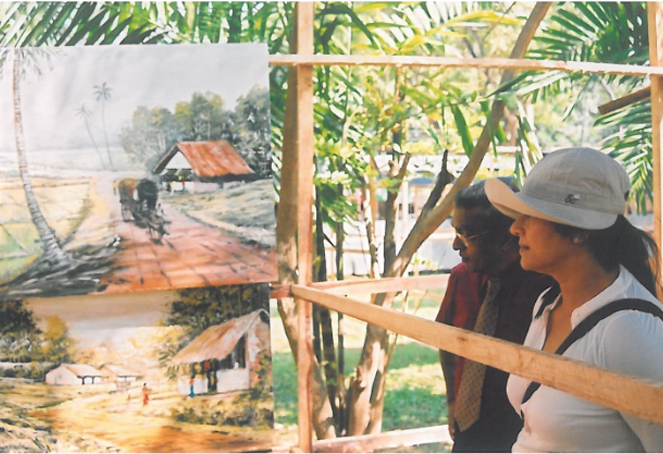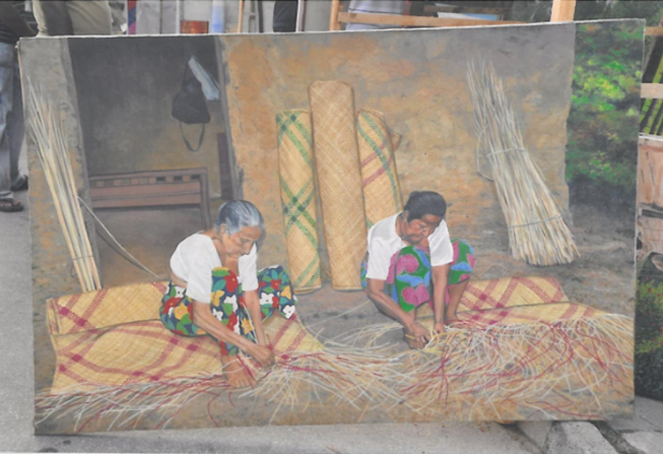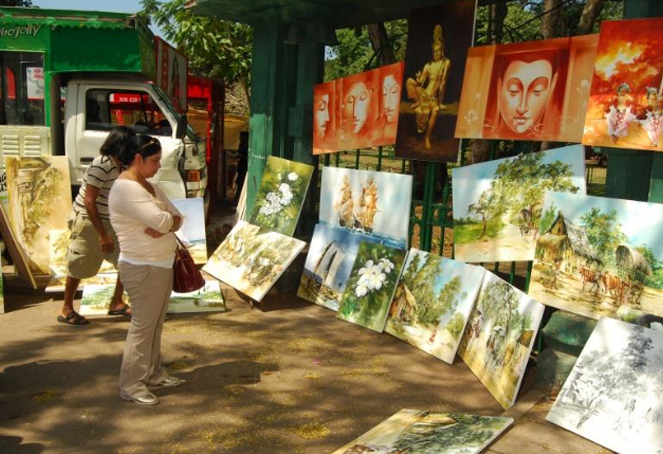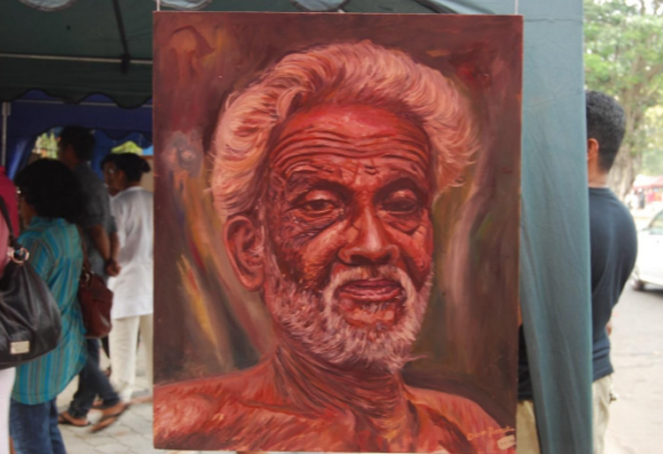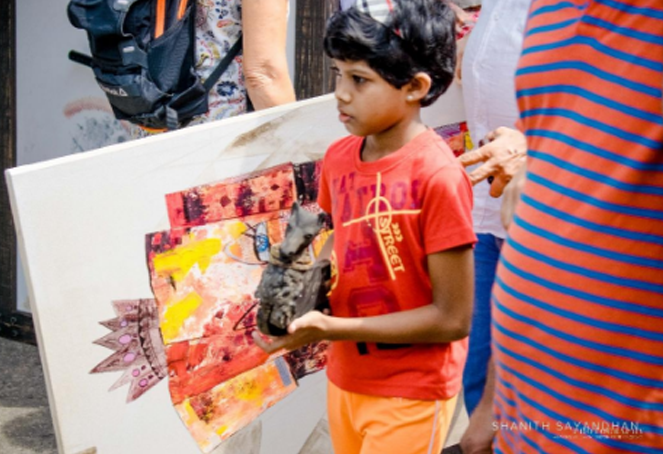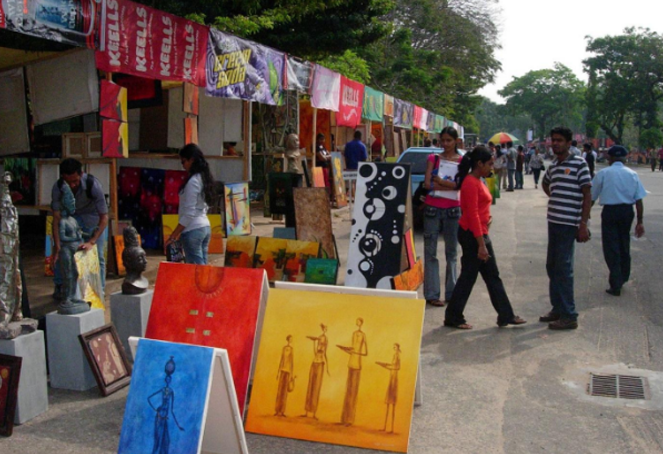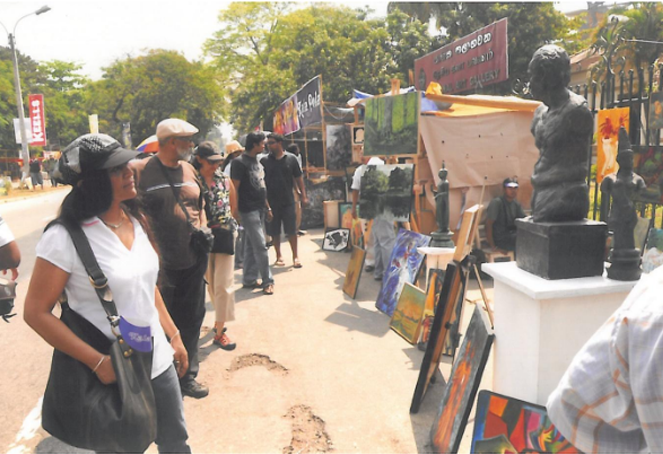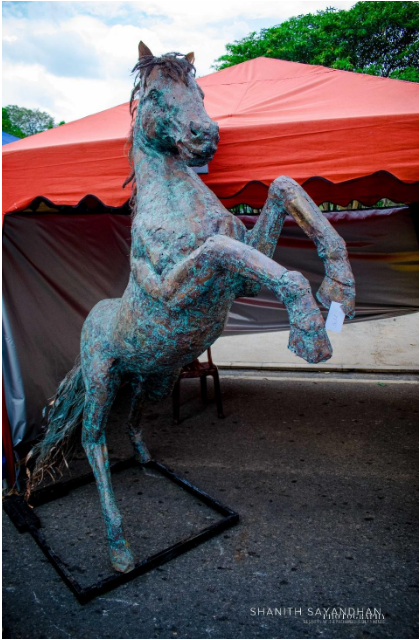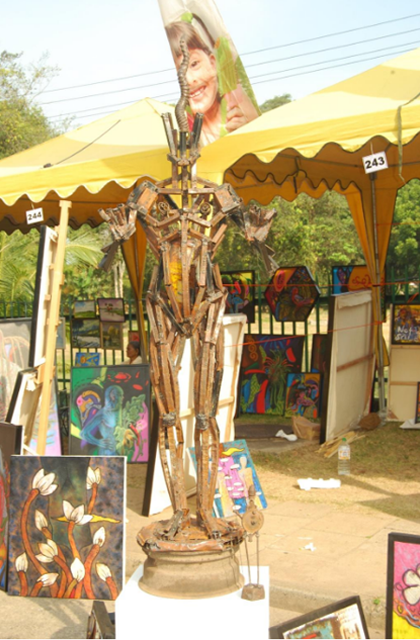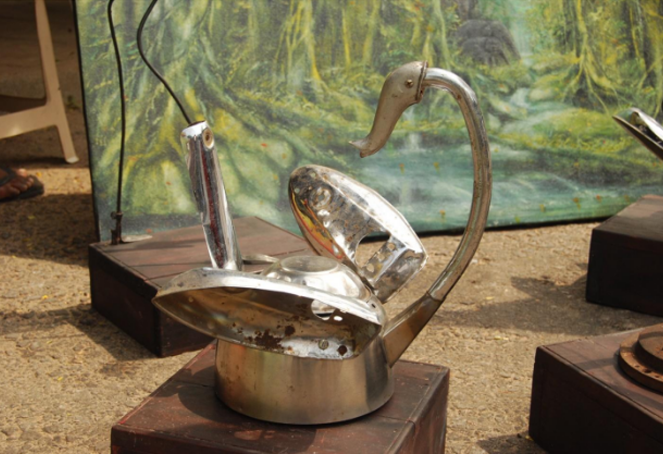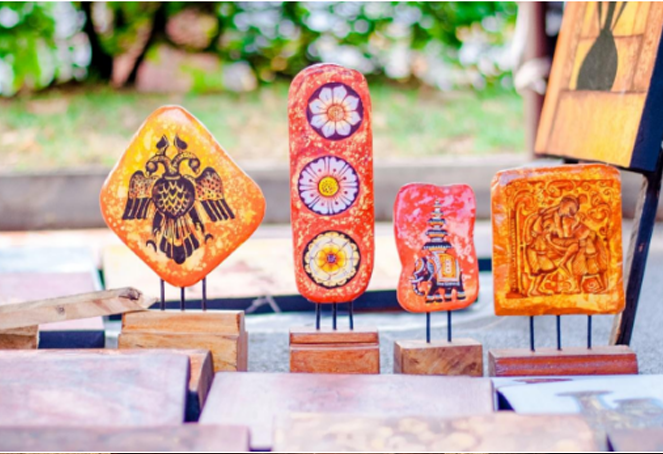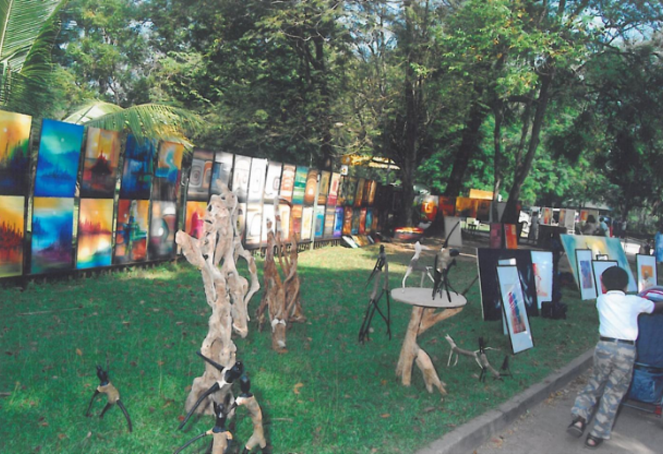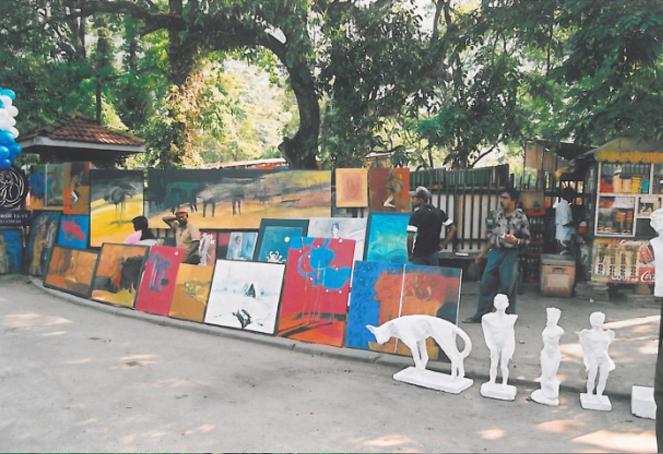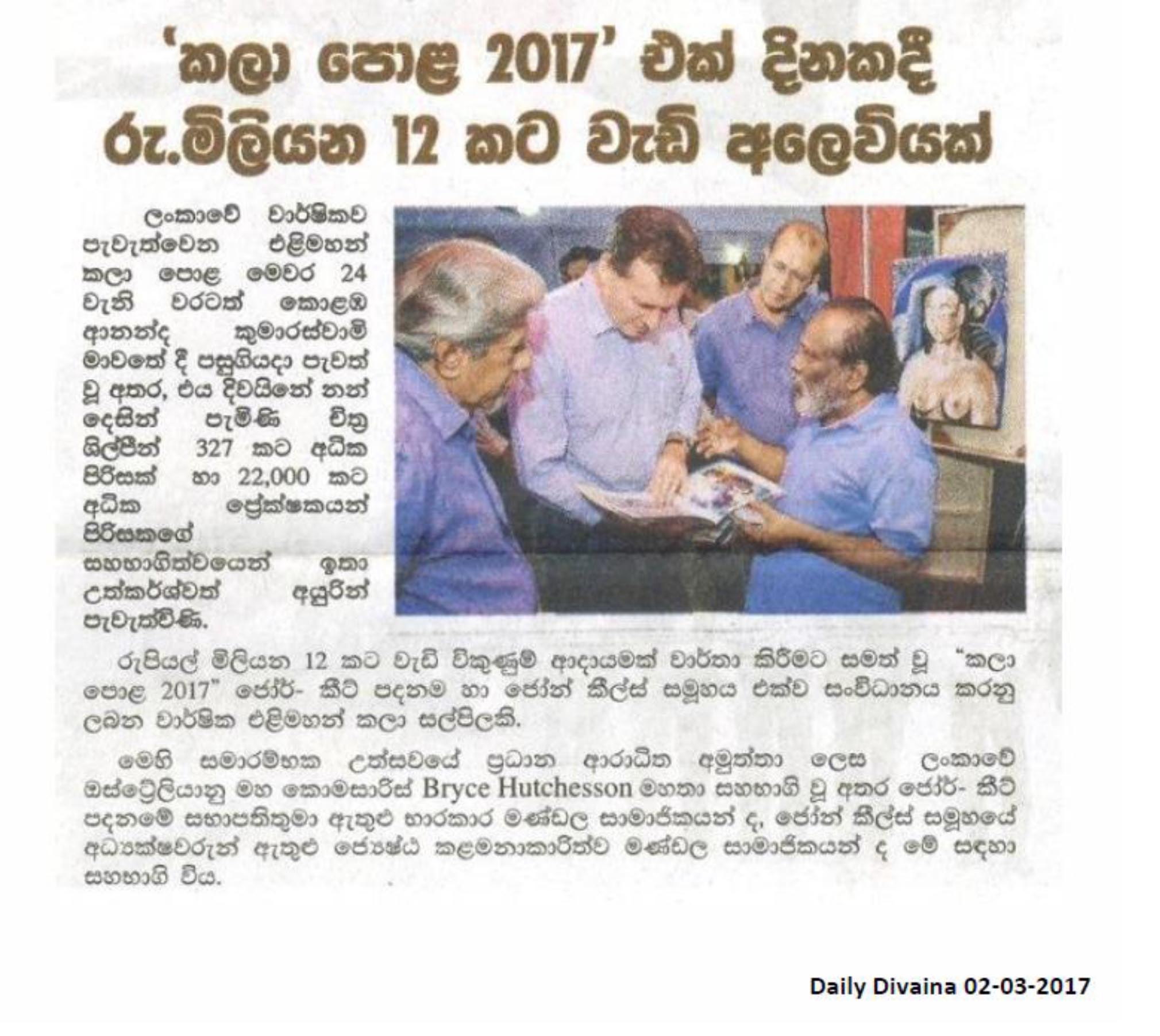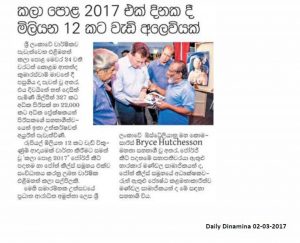The 25th Kala Pola is nearly upon us and with it, some of Sri Lanka’s finest visual artists on display. For a quarter century, the George Keyt Foundation’s art market has kept its promise, delivering great work, time after time. This carefully curated affair has been supported ardently by the John Keells Foundation for 24 years of its existence, making the foundation one of the island’s original patrons of the arts. Over the years both foundations have seen the art market grow exponentially as more artists and more art forms get added to the portfolio over the years. Today, the festival boasts several mediums including oil, watercolour and acrylic paintings, sculptures in many forms made of stone, metal or ceramic, and of course mixed media work (combination of 2 or more of these forms) that is all the rage.
Let’s take a closer look at some of this work:
OIL PAINTINGS
A classic art form that finds itself rooted in the 15th century, oil paintings are a favourite among art buyers and probably among the most widely available work at Kala Pola. The process of oil painting involves painting with pigments, combined with a drying oil like linseed, poppy, safflower or walnut oil. Here are some of the oil paintings the Kala Pola has exhibited over the years:
2012: An oil painting
2008: A series of oil paintings
2011: A series of oil paintings in the background
WATERCOLOUR PAINTINGS
Watercolour paintings are arguably among the most ancient in the world, dating back to the age of the cave man. In fact, watercolour paintings were also used since ancient Egyptian times as a form of illustration to accompany manuscripts. It’s popularity however, only rose during the Renaissance. Let’s look at some of Sri Lanka’s own watercolour work seen at Kala Pola:
Before 2005: A series of water colour paintings
2006: A watercolour painting
2006: 2 watercolour paintings.
ACRYLIC PAINTINGS
While its watercolour and oil avatars are much older, acrylic painting only began to explore itself in the late 1930’s. The medium involves the use of a fast-drying pigment paint suspended in an acrylic emulsion. The results resemble various and at times, almost fantasy textures across the painting’s surface. Look at how Kala Pola artists present acrylic work:
2007: An acrylic painting
2011: A series of acrylic paintings
2012: An acrylic painting
STONE SCULPTURES
Stone sculpting is possibly one of the world’s oldest artforms, predating recorded civilization itself. An abundance of stone sculpture work can be found in Greece, Egypt, neighbouring India and of course within our own shores. We are particularly interested in showing you how contemporary artists have used the medium and displayed work at Kala Pola:
2017:A child holding a stone sculpture
2009: Stone Sculptures
2010:A stone sculpture
METAL SCULPTURES
Sculpting with metal rose in the Bronze Age where bronze sculpture was the in-thing, being commissioned by kings and religious leaders alike. 21st century Lankan sculptors also have their own take on metal sculptors and Kala Pola has had the benefit of being able to display some of the best among them:
2017: A metal scultpture
2017: A metal sculpture
2012: A metal sculpture
CERAMIC SCULPTURES
Ceramic based art has a long history and its roots deep in several cultures around the world from Greece amphorae to Chinese table wear. To be mould and surface paint creates a combination of art forms that are at best, quite spectacular. The Kala Pola artists also present ceramic art and sculpture from time to time. Here’s a look:
2017: A series of ceramic artwork
2008: A series of ceramic artwork
2006: A series of white ceramic sculptures
